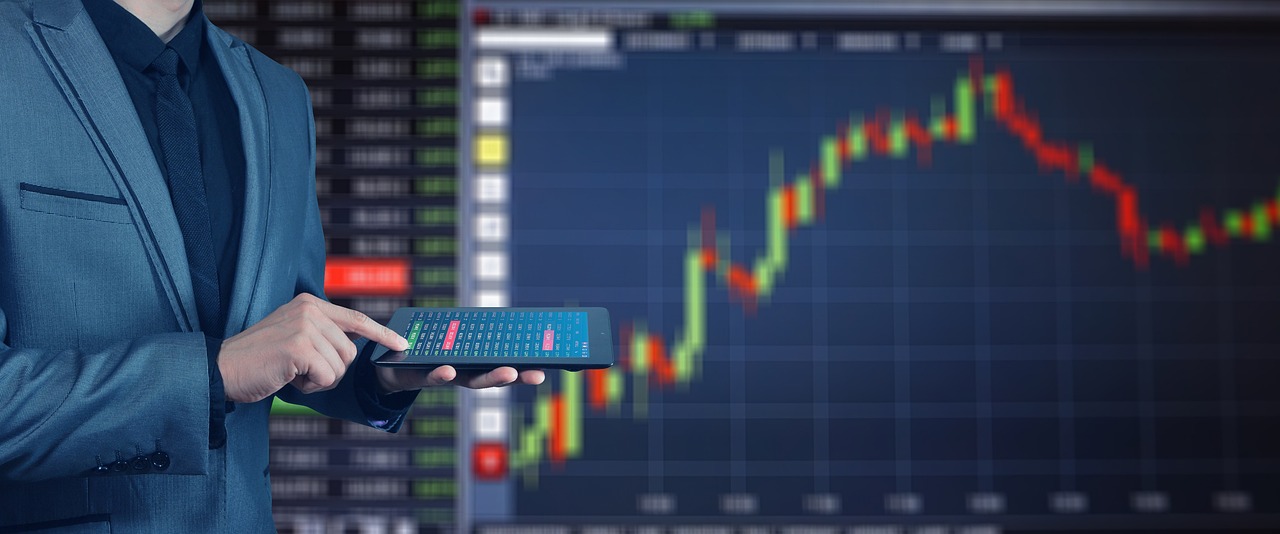When the Bank of Britain said it would begin buying inflation-linked debt, the British bond market had a little reprieve from its recent struggles.
European Stocks Start On A Negative Note
The European stock market started the day off on a negative note. The MSCI Asia-Pacific ex-Japan share index dropped about 2%, hitting a low not seen since the beginning of 2020.
Trading in U.S. stock futures indicated a potential down opening on Wall Street. MSCI’s global stock index fell 0.5%, retracing some of last week’s recovery from near two-year lows.
Berenberg’s chief economist states, “we are moving into a major economic slowdown, and central banks are tightening policy.” “When will the markets start to ignore this? Perhaps things will remain challenging for the next two months.”
Emerging market equities are trading at their lowest level since April 2020 and are on course for a near-30% collapse year-to-date. It’s the worst year since the 2008 global financial crisis.
As infections rise, Shanghai and other large Chinese cities have increased testing for COVID-19. Some local authorities quickly halted schools, entertainment venues, and tourism destinations.
Prompt Reaction
After a dramatic increase on Monday, rates on British government bonds (called gilts) decreased on Tuesday. In response to the Bank of England’s latest measures to stabilize the shaky bond market.
On Tuesday, the Bank of England said it would purchase up to £5 billion of index-linked debt daily. It started on Tuesday and continued until the week’s end, citing a “material risk” to financial stability.
After the BoE’s statement, U.S. Treasury rates fell in line with their U.K. counterparts. However, U.S. 10-year yields remained by around seven basis points at roughly 3.95 percent.
The rising interest rate environment is a significant factor in the bond market selloff. The publication of U.S. inflation statistics on Thursday has investors on edge. It might pave the way for the Federal Reserve to increase interest rates significantly in November.
According to J.P. Morgan Asset Management’s chief Asia-Pacific market analyst Tai Hui. “inflation is obstinate, and the Fed has to go above and beyond what the market is anticipating.”
Based on current futures prices, market participants expect the Fed funds rate will reach 4.5% by February. It remains at that level for the majority of 2023.
As a result of this optimism, the dollar is making another run at its record highs from last month.
The Australian dollar dropped to around $0.6548. At the same time, the New Zealand dollar touched a 2-and-a-half-year low of about $0.5636.
Euro prices rose by 0.13% to $0.9518. While GBP prices fell by the same amount, closing the day at $1.1046.
When the yen was trading at 145.51 per dollar, it was nearing the level that necessitated government support two weeks earlier.
Japan’s first public sign of U.S. support for the action came last month. Finance Minister Shunichi Suzuki stated the United States showed understanding to “a certain degree” of Tokyo’s currency market involvement.
Prices for a barrel of Brent crude oil dropped $1.51 to $94.51. There wasn’t much of a shift in the spot price of gold, which remained at $1,658 per ounce. The current exchange rate for the dollar is around $0.9059 per pound.



